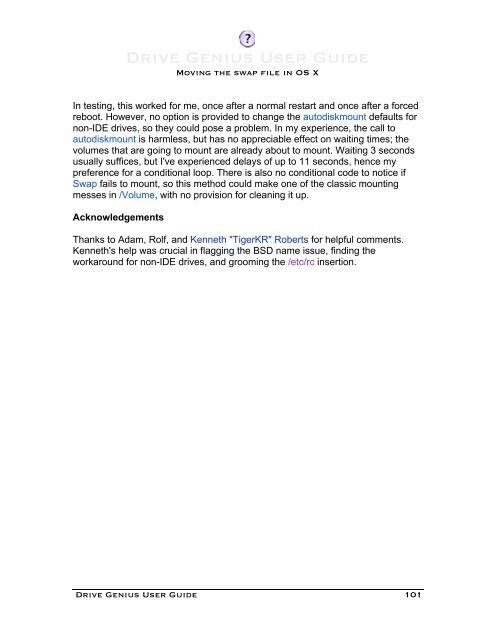


#Prosoft drive genius 3 free#
In addition to that caveat, built-in optimizations can only occur when there's at least 10% free space on the drive - I have frequently dipped below that (though I moved my iPhoto and iTunes library to a NAS to free up some space, it has since crept right back again). And then there's the age of my system - it's about 4 years old now, and has seen numerous OS upgrades, with not one complete reformat, ever. A single photo from my camera is 25 MB a 1 minute video file approaching half a gigabyte. However, this process of automatically optimizing files only works when they are less than 20 MB in size - pretty small in today's terms. Only platter based spinning drives are affected. SSDs don't need defragging if you have one, you can stop reading now.Every time you open a file, OS X checks to see how many fragments it has - if it's more than 8, it will automatically defrag that file for you.OS X uses a technique called Hot File Adaptive Clustering, an optimization which gathers frequently used files and places them onto the fastest areas of the drive, defragmenting them in the process.HFS+ (the filesystem used by OS X) looks for larger areas of free space so that it can write the whole file, instead of trying to cram a file into the first free blocks it finds (which aren't big enough, and you end up fragmentation).There are a few solid reasons in fact, why Macs don't need fragmenting: Apple's own support site even states you don't need to defrag a Mac if you buy a new Mac every year or two, this is probably true. Anyone who uses Windows is familiar with the process of defragging, so users who switch to a Mac often ask how they go about defragging it, and are typically met with "you don't need to" answers.


 0 kommentar(er)
0 kommentar(er)
